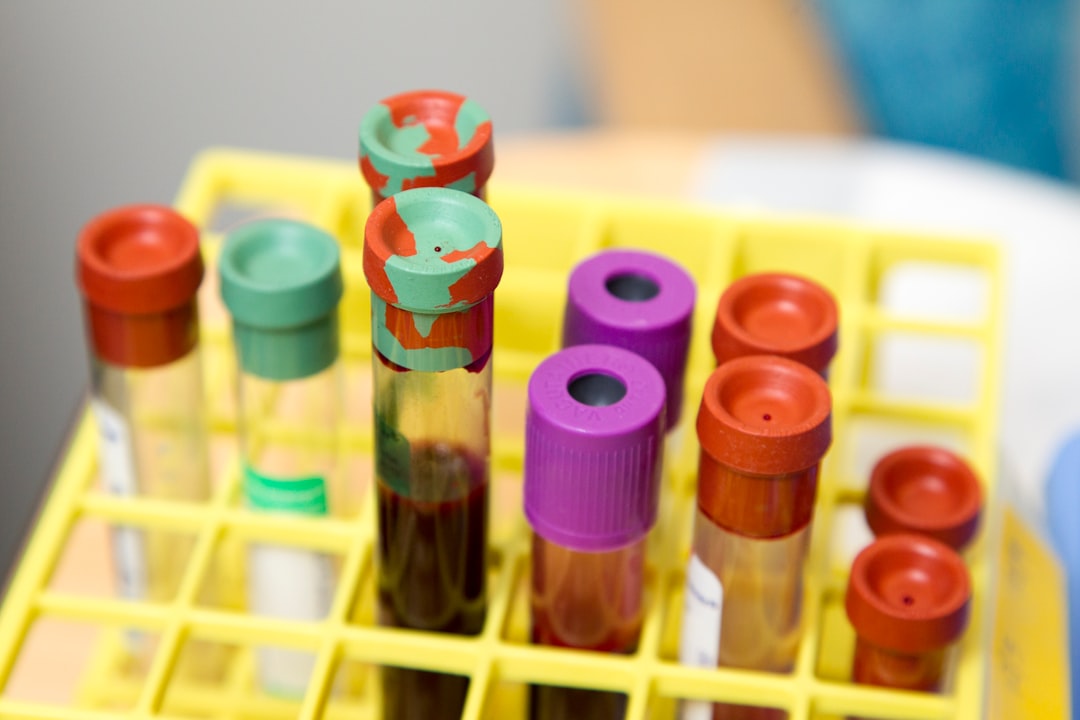What is it about?
Extracts of Salacia reticulata Wight (Hypocrataceae) roots, stems, and leaves have been used in Asia for hundreds of years for the folkloric treatment of diabetes and other health problems. Constituents that have been identified as exhibiting anti‐diabetic effects include salacinol, kotalanol, ponkorinol, salaprinol, and their corresponding de‐0‐sulfonated compounds. Mangiferin, kotalagenin 16‐acetate and various proanthocyanidin oligomers have also been isolated. Studies indicate that Salacia extracts modulate multiple targets that influence carbohydrate and lipid metabolism including α‐glucosidase, aldose reductase, pancreatic lipase, peroxisomal proliferator‐activated receptor‐α, glucose transporter‐4 mediated glucose uptake, and angiotensin II type 1 receptor. Furthermore, Salacia extracts exhibit free radical scavenging, antioxidant and hepatoprotectant activities. In human studies, Salacia extracts have been shown to decrease plasma glucose and insulin levels, decrease glycohemoglobin i.e. glucose bound to red blood cells (aka HbA1c), and modulate serum lipid levels with no adverse effects being reported. Similar results have been demonstrated in rat and mouse models as well as in vitro systems. Safety of S. reticulata and other Salacia species as S. oblonga and S. chinensis in laboratory animal models indicate that extracts are exceedingly safe. No clinical studies have examined the effects of Salacia extracts on human weight loss, although weight loss and decreases in weight gain have been demonstrated in animal models. Because of the large number of pharmacologically active compounds, it is difficult to establish standards for extracts.
Featured Image
Why is it important?
Anti-diabetic effects are different than agents that cause weight loss. Every agent can not be used as weight loss product. Extra care should be taken before taking a product that can: (i) lower blood glucose levels; (ii) decrease body weight; (iii) cause weight loss and lower blood glucose levels; and/or cause weight loss in a non-diabetic.
Perspectives
There are many options available for diabetics as well as over-weight individuals to consider. Several phytochemicals can cause both (weight-loss as well as lower blood glucose) as long as these plants are taken in recommended amounts and also taken continuously. One has to take precaution to make sure none of these interact with conventional medications (although very rare). It is good to keep in mind that anything (even plants or phytochemical products) in excess can be harmful.
Dr SIDHARTHA D RAY
Touro College
Read the Original
This page is a summary of: Anti‐diabetic and Anti‐hyperlipidemic Effects and Safety of
Salacia reticulata
and Related Species, Phytotherapy Research, May 2015, Wiley,
DOI: 10.1002/ptr.5382.
You can read the full text:
Contributors
The following have contributed to this page










